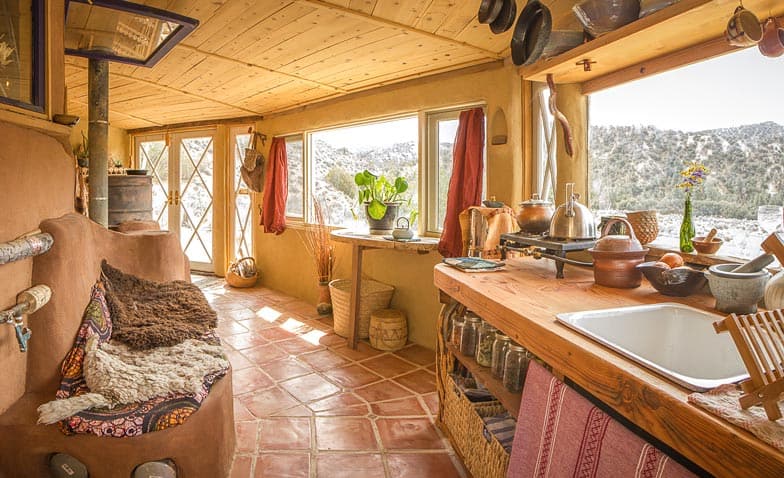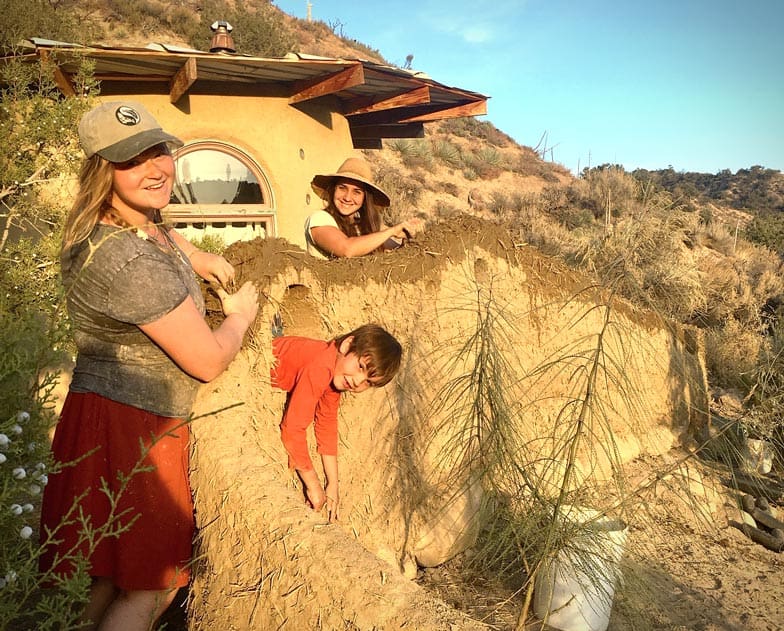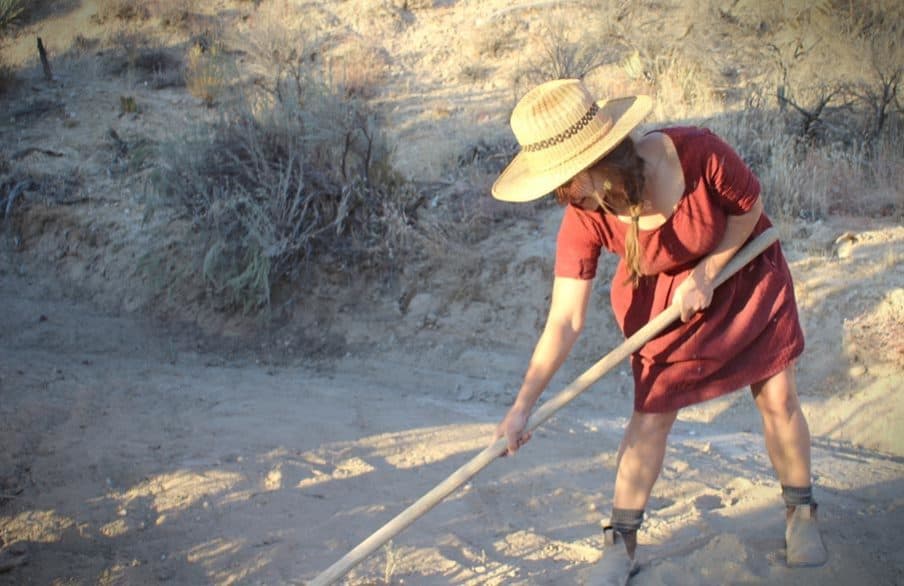Written by Juna Muller
I live in a mud house. Technically, it’s a mixture of clay, sand, and straw (also known as cob). And although it’s mud, I can say that it’s the most beautiful house I’ve ever lived in!
People around the world have been building with clay, sand, straw and other natural materials for at least the past 10,000 years. Over that time, they’ve developed structures that are both beautiful and functional.

Old Towns of Djenné in Mali, inhabited since 250 BC!
“Natural” building means working with the materials most locally available to you; materials that are less processed, and so will break down naturally; and materials that will produce a home most suited to your climate. In other words, natural building is very contextual and site-specific.
It helps to think about how your climate influences your needs: in a tropical climate, you need ventilation to prevent mildew and help maximize airflow. Here in the high desert, we need protection from sun and extreme temperatures.

One fun way to consider this challenge is to look to the other animals already thriving in this landscape. Where do they live? Out here, squirrels, cottontails, jackrabbits, rattlesnakes, foxes, horny toads, and many others live underground. Naturally, it makes sense for us to design our shelters in a similar way.
Here at 3500 feet, the coldest part of the night and the hottest part of the day differ by an average of 50 degrees, year-round. That means we need a building system with a lot of thermal mass to absorb and store heat energy. Earth, in the form of clay, sand, and straw, provides that thermal mass. Have you ever been on a hike when the day is getting cool, and you stop to rest on a warm boulder that’s been baked in the sun all day? The same process helps to keep cob homes warm when it’s cool out, and cold when it’s hot out. The feeling of going into my house at the end of a chilly day and finding it pre-warmed by only the sun is amazing.
And, cob homes are beautiful. Imagine a home that is customizable to the degree that you can place a window to frame the view of a 300-year-old pine tree, or put a shelf next to your bed exactly the size for your book, tea, and candle? Or imagine you want to create a kitchen precisely to your height measurements, or create a window seat that fits you perfectly? The artistry possible in this type of building is boundless. It’s incredibly refreshing to walk into a handmade house and to see the personality reflected in the home’s actual structure.

Other than the aesthetic experience, earthen homes have so many other benefits. They are fire-safe, seismically stable, non-toxic, affordable, and can be carbon neutral or negative in construction. Did you hear that?! It’s estimated that around 40% of all carbon emissions in the US are from the construction of our built environment. If we simply rebuilt the homes lost to wildfires in the past few years with cob or other earthen materials, it would have an enormous impact. Beyond that, these homes have the potential to be an incredibly accessible form of shelter, both in terms of creating affordable housing and addressing houselessness. The only hitch: they are not easy to build legally. Permits are hard and expensive to obtain, in part because official earthquake and fire testing on earthen materials has not yet been completed. However, thousands of years of anecdotal evidence supports cob’s abilities to withstand these natural disasters.
At Quail Springs, we’re now working towards legalizing our entire site, which includes permitting our earthen buildings and completing official fire and earthquake testing on cob. We are working actively with Santa Barbara and Ventura County building departments towards this goal. We intend for this to be the first step towards legalizing cob building in our county, California, and beyond.
Now, don’t you want to live in a mud house, too?




Comments 9
You are so magical, Juna. love you
I’m inspired! And so grateful that you all are paving the way for testing and legalization. I have dreams of building and living in a cob house one day, too.
So inspiring!!!!!!!!!!!!!!!!!!!!!
I an Sophie, i am french. I would like to share your article on my new instagram (my account is about sensitivity) but there’s no function to do it on this page. Can i download the first picture or the picture of the inside house to create the post and integrate a link that leads to this article?
I have the impression that this kind of article can motivate highly sensitive person to assume their originality 🙂
Author
Yes! You may share it far and wide! Tag us on IG: @quail_springs
This is Dr KAZIM HUSSAIN living in south texas I grew up in a village in pakistan in a mud house wants to build a similar house here at my Farm House
Can you help me in this regard
My email *****[email protected]
Author
Hi Kazim, I will pass your info onto our builders!
Dr. Kazim, I am too from Multan in Punjab Pakistan. I too strongly wish to build and enjoy living in such a quite natural, cool and calm Mud house for me in multan during hottest summers. could you please let me share any pics and tips, if you have already worked on this project so far.
My husband and I are looking to build one as well! Loved this article. And I never even thought about how it wouldn’t be legal! That’s shocking that it’s not!!! Best of luck with your testing and everything moving forwards.
Felicidades y felicitaciones. El sueño de mi vida que estoy Planificando ya !!!!
Das asesoramiento ? Estoy en Ecuador. Sigan adelante haciendo estás maravillosas casa en beneficio ambiental